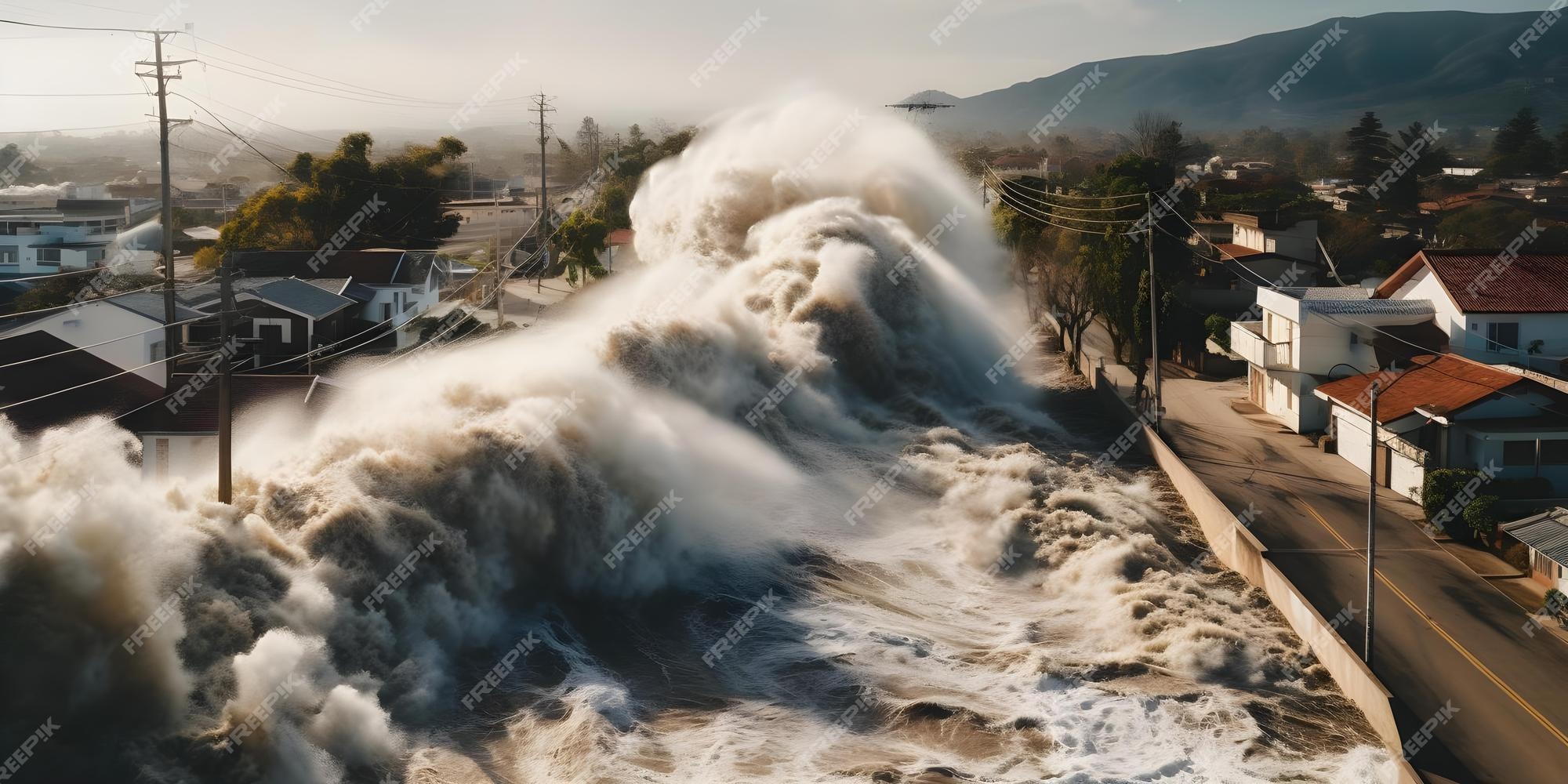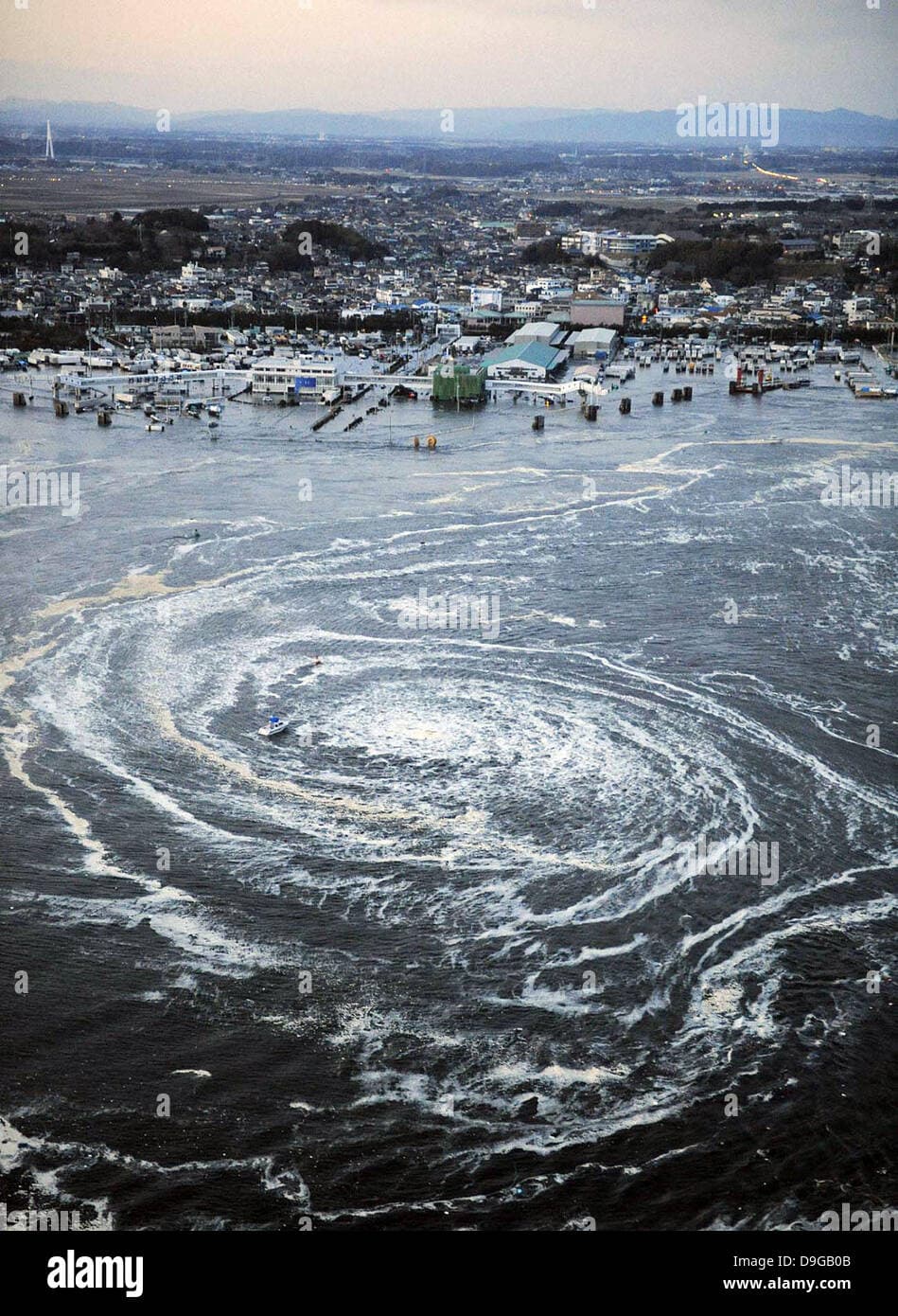Tsunami Wave Strikes Oarai Town, Ibaraki Prefecture, Prompting Urgent Evacuations
Oarai Town in Ibaraki Prefecture, Eastern Japan, was hit by a tsunami wave on recently, leading local authorities to issue urgent evacuation orders for residents along the coastline. The event unfolded shortly after seismic activity was detected in the region, raising alarms throughout the area. As the wave approached, residents were urged to move to higher ground, showcasing the ongoing vulnerability of Japan"s coastal communities to natural disasters.
Background & Context
Japan, situated along the Pacific Ring of Fire, is notorious for its seismic activity and potential tsunami threats. The nation has experienced devastating tsunamis in the past, most notably the catastrophic event in March 2011, which resulted in widespread destruction and loss of life. As a result, the Japanese government has implemented stringent safety protocols and early warning systems to protect its citizens. However, the recent tsunami wave in Oarai Town serves as a stark reminder of the ever-present danger posed by natural disasters in the region.
The Oarai incident follows recent developments in coastal safety measures, as authorities continue to refine their response strategies to mitigate the impacts of such events. The local community has been actively engaged in disaster preparedness drills, but the real-time threat of a tsunami underscores the urgent need for constant vigilance and readiness.
Key Developments
Upon confirmation of the tsunami wave, local officials swiftly activated emergency protocols, including sirens and public announcements urging residents to evacuate. Reports indicate that the wave reached heights of approximately, causing significant concern among emergency management teams. Eyewitness accounts describe chaotic scenes as families rushed to gather essential belongings before heading to designated evacuation centers.
"We were terrified; the sirens went off, and we had to leave everything behind," said a local resident who participated in the evacuation. "The government has done their best to prepare us, but nothing can truly prepare you for the fear of a tsunami." Authorities are currently assessing the damage and monitoring for aftershocks, as the seismic activity that triggered the wave may not be over.
\n\n
Image for Tsunami Wave Strikes Oarai Town, Ibaraki Prefecture, Prompting Urgent Evacuations
Broader Impact
The tsunami wave"s arrival in Oarai Town has significant implications not only for the local community but also for Japan"s broader approach to disaster management. Experts stress the importance of ongoing education and preparedness in coastal areas, particularly in light of climate change, which is expected to exacerbate the frequency and intensity of natural disasters. "Communities must remain vigilant and prepared for the worst," stated Dr. [Expert"s Name], a leading environmental scientist. "Every incident serves as a learning opportunity to refine our strategies."
This incident also resonates with earlier coverage concerning the recent tragedy of whales washing ashore in Japan"s Chiba Prefecture, prompting urgent investigations into environmental factors affecting marine life. Both situations reflect the interconnected nature of ecological and geological challenges facing Japan"s coastal regions.
What"s Next
As the situation develops, local authorities are focusing on immediate recovery efforts, including damage assessments and providing support to evacuated residents. Emergency shelters have been established, and resources are being allocated to ensure the safety and well-being of those affected. The Japanese Meteorological Agency will continue to monitor seismic activity in the region closely, providing updates as necessary.
Looking ahead, there will likely be renewed discussions on enhancing tsunami preparedness and response strategies across Japan. Increased investment in infrastructure, community education, and technological advancements in early warning systems are expected to be focal points in upcoming government meetings. Residents are encouraged to stay informed through official channels and participate in local disaster preparedness initiatives to ensure their safety in the face of future natural threats.
For more on Japan"s ongoing environmental challenges, see our related coverage on the recent whale strandings, which highlights the intricate relationship between natural disasters and ecological health.
This article structure provides a comprehensive overview of the tsunami incident in Oarai Town, capturing key aspects while ensuring clarity and engagement for readers.
Image for Tsunami Wave Strikes Oarai Town, Ibaraki Prefecture, Prompting Urgent Evacuations








![[Video] Coast Guard sniper takes out narco-boat in Eastern Pacific](/_next/image?url=%2Fapi%2Fimage%2Fthumbnails%2Fthumbnail-1765029104101-04awi-thumbnail.jpg&w=3840&q=75)